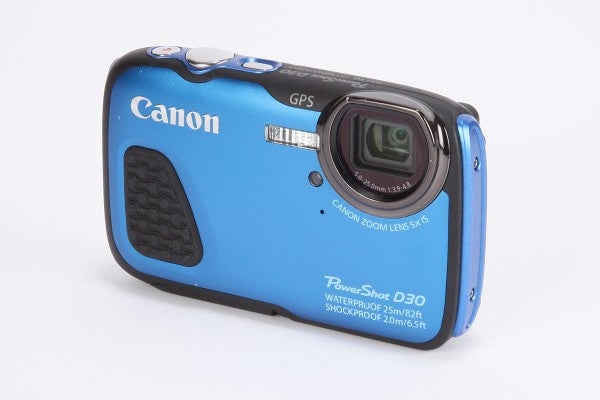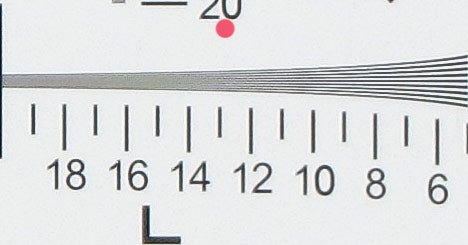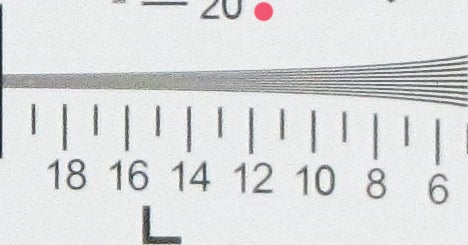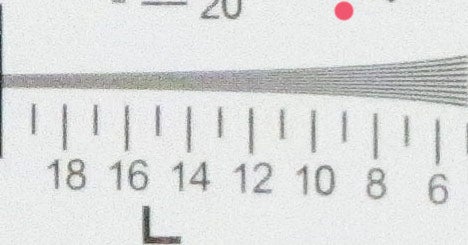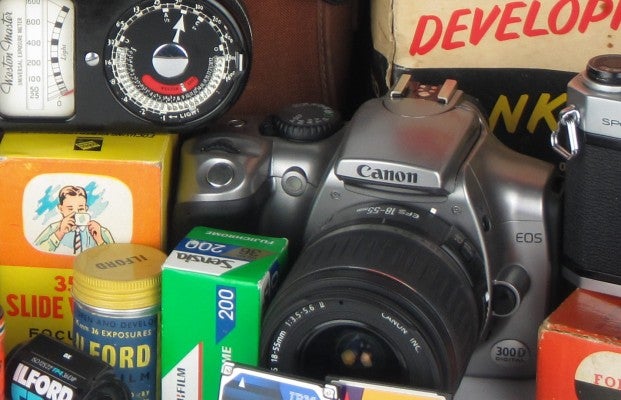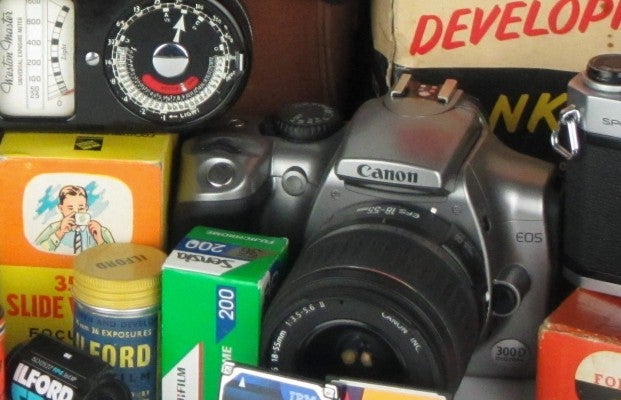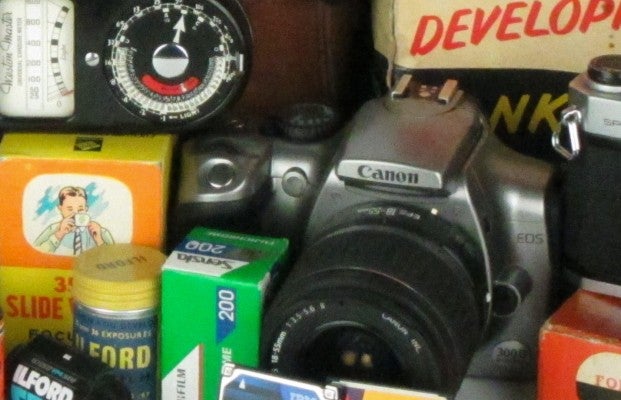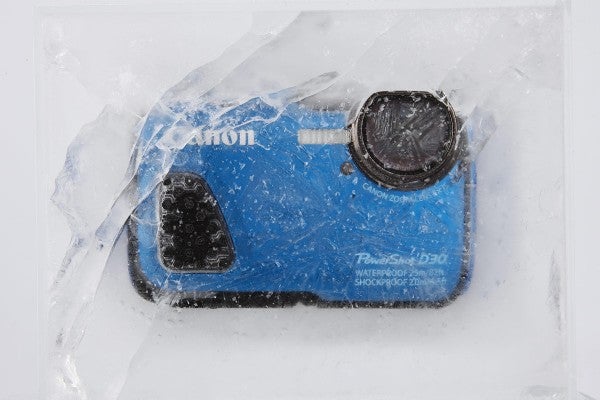We pit six of the finest tough compacts up against one another to establish which is the most durable when they’re subjected to a series of brutal tests
Canon PowerShot D30
Key specs
- Sensor 12.1MP
- Sensor Size 1/2.3in
- Lens: 5x optical (28-140mm) f/3.9-4.8
- ISO: 100-3200
- Display: 3in, 461k-dot
- HD Video
- Dimensions: 109.4×68.0x27.5mm
- Weight: 218g
- Price: £299
The D30 lets you shoot underwater to a depth of 25m, can sustain a drop from 2m and is freezeproof to -10 °C.
Unlike the Olympus TG-4, and like the other five models on test, it shoots in the JPEG format but not Raw, and it employs a 12.1MP CMOS sensor that works with a DIGIC 4 processor to deliver an ISO range of 100-3200.
The 5x zoom (28-140mm) has a variable aperture of f/3.9-4.8, which isn’t as bright as its Nikon, Olympus or Pentax rivals.
It’s by no means the fastest of the sextet either and only manages a 1.9fps continuous burst, which made it more challenging to get the perfect shot underwater.
Canon’s Intelligent IS system is on hand to prevent blur caused by camera-shake and it’s possible to tag shots with GPS data to log your journeys.
However, our sample’s screen was susceptible to light scratches and there’s only one locking catch on the battery door. Two key features the D30 also lacks are Wi-fi connectivity and USB charging.
See more shots taken with the Canon Powershot D30 in our sample image gallery
Build & Performance
The rubber grip at the front and rear prevents the D30 sliding out of your hands when they’re wet, and the way the 3in, 461k-dot screen automatically rotates images as the camera is tapped or tilted is a nice idea. The concise menu and large buttons make it a breeze to setup and use and despite only being available in one colour, it certainly looks the part in its metallic blue finish.
Image Quality
At ISO 100 the D30 resolves 24 lines per picture height (l/ph), with fine detail being affected by noise beyond ISO 800. Users will want to stay away from ISO 1600 and 3200, but the camera’s evaluative metering mode delivers consistently good exposures. Images are pleasingly rich in colour and contrast without being too oversaturated.
Underwater Test
To ensure our underwater test was fair, each camera was first set to its underwater mode with the flash switched off. The camera exposes for underwater scenes well, but the auto white balance didn’t produce the most neutral colour and was beaten in this respect by the TG-4, WG-5 and XP80.
See more shots taken with the Canon Powershot D30 in our sample image gallery
Freeze Test
The D30 fired into life 37 seconds after breaking it out of a block of ice, with all buttons operating without fault.
Shock Test
Shockproof to 2m, we held the D30 at arms length before dropping it onto a solid floor – a test it passed with flying colours.
Canon PowerShot D30 – Initial Verdict
Pros – Solid build, GPS, large buttons, intuitive menu, active display, close focusing
Cons – Slow continuous burst rate, no Wi-fi connectivity, no USB charging





